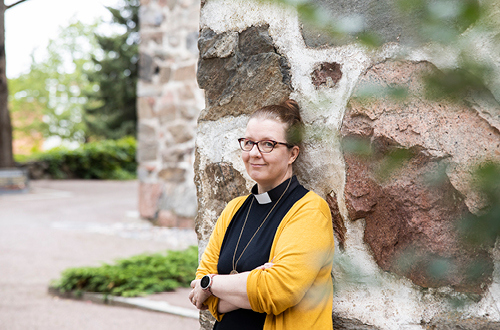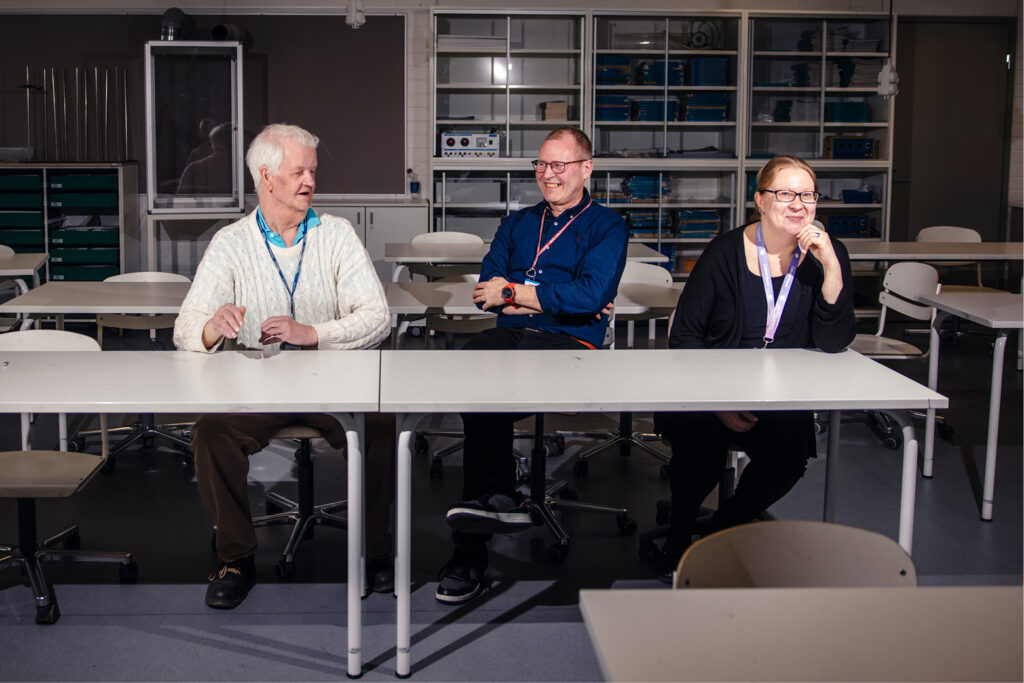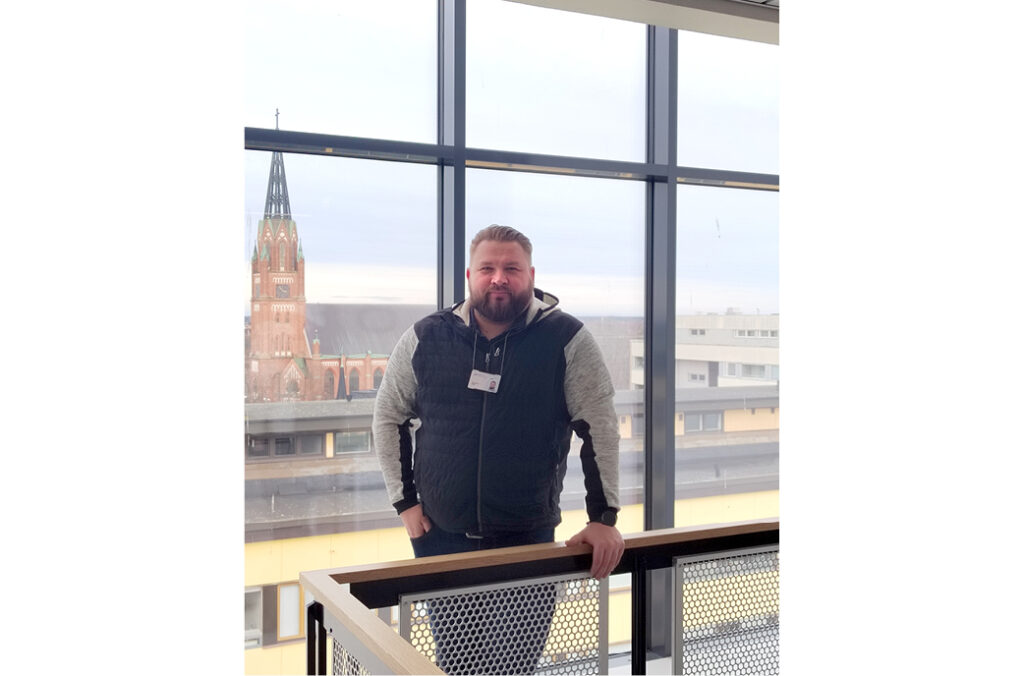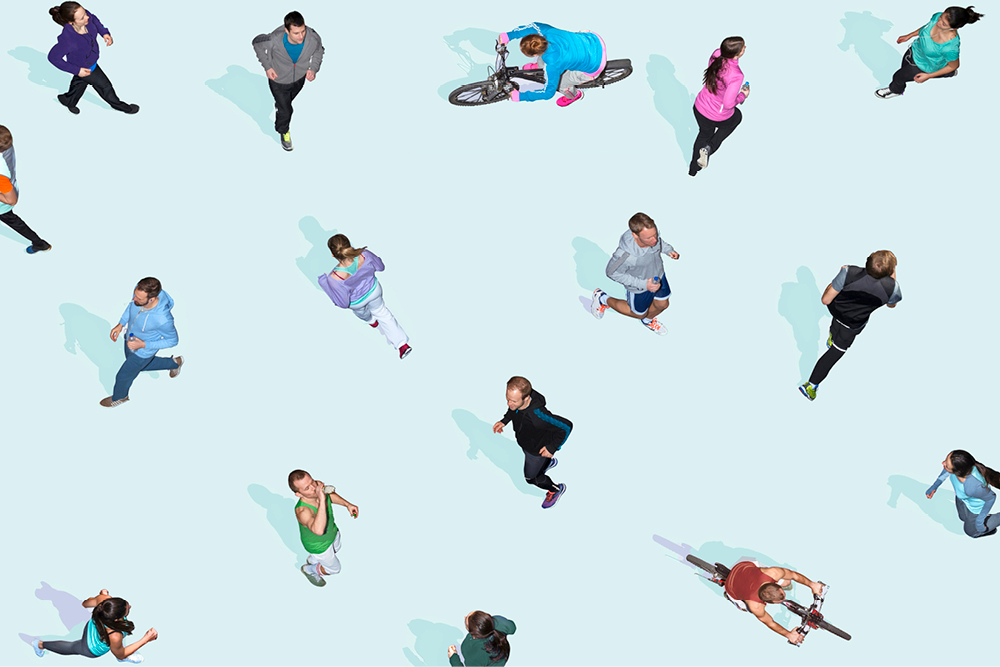
Encountering work remotely during a pandemic
During the coronavirus pandemic, parish priest Pirkko Järvinen has met people through Teams and held services in an empty church, reaching the parishioners via radio.
We use cookies to provide a better user experience and personalised service. By consenting to the use of cookies, we can develop an even better service and will be able to provide content that is interesting to you. You are in control of your cookie preferences, and you may change them at any time. Read more about our cookies.

During the coronavirus pandemic, parish priest Pirkko Järvinen has met people through Teams and held services in an empty church, reaching the parishioners via radio.

Schools are shared workplaces with employees from several employers. People at Havukoski School are constantly thinking about how to develop safety and ensure that messages are transferred effectively even in dangerous situations.

At the Meyer Turku shipyard, approximately 80 per cent of the production of cruise ships is subcontracted. Matti Tuimala, Safety Manager at the shipyard, explains how safety is ensured at the huge shared workplace.

Improving occupational safety at a shared workplace requires cooperation, clear operating models and continuous monitoring.

Improving safety requires continuous risk assessment and effective communication. Monitoring by occupational safety and health authorities has revealed significant shortcomings in occupational safety and health at shared workplaces.

A well-managed and healthy work community can benefit from multi-location work in many ways,” says Juha Eskelinen, Researcher.

Five years have passed since the outbreak of the pandemic. During the pandemic, remote work became significantly more common in order to control infections, but now the situation has gradually returned to normal. But what is the new normal?

People discuss the benefits of working remotely a lot, but the office also has its good sides.

The COVID-19 pandemic hit us unexpectedly and hard, and its effects were felt all over the world. In the fight against COVID-19, Finland chose isolation tactics; closing the borders between regions, closing down restaurants and cinemas and switching to remote working were ways to combat the virus and stop its progression. The remote work phenomenon

Industrial employees want to participate in crisis management at their workplace,” says Tiina Saari, Researcher. The 5K model provides instructions.

Artificial intelligence has the opportunity to find areas for development in occupational safety by recording so-called human factors in the risk and safety information.

An ethics expert strongly recommends experimenting with different ways of using artificial intelligence, but at the same time staying alert.

Artificial intelligence or AI has penetrated working life more extensively and faster than we could have imagined a few years ago. People have many expectations, fears and questions concerning AI. It is also linked to several risks and challenges that should be discussed at the workplace. As the use of artificial intelligence increases, questions of